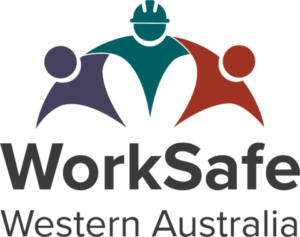Health and Community Care
Structure: 8 sections with a quiz each, followed by “Spot the Hazard” simulation exercise.
Passing requirement: 100% with unlimited tries
Timing: Estimated learning time – 27 to 31 minutes
Structure: 8 sections with a quiz each, followed by “Spot the Hazard” simulation exercise.
Passing requirement: 100% with unlimited tries
Timing: Estimated learning time – 27 to 31 minutes
Structure: 8 sections with a quiz each, followed by “Spot the Hazard” simulation exercise.
Passing requirement: 100% with unlimited tries
Timing: Estimated learning time – 27 to 31 minutes
- nursing support worker
- dental assistant
- aged care worker, personal carer, home care worker
- disability support worker, disabled care worker
- childcare worker.
Be aware!
6%
- nursing support worker
- dental assistant
- aged care worker, personal carer, home care worker
- disability support worker, disabled care worker
- childcare worker.
Be aware!
5%
Top incident causing injuries were from:
Other hazardous areas to look out for:
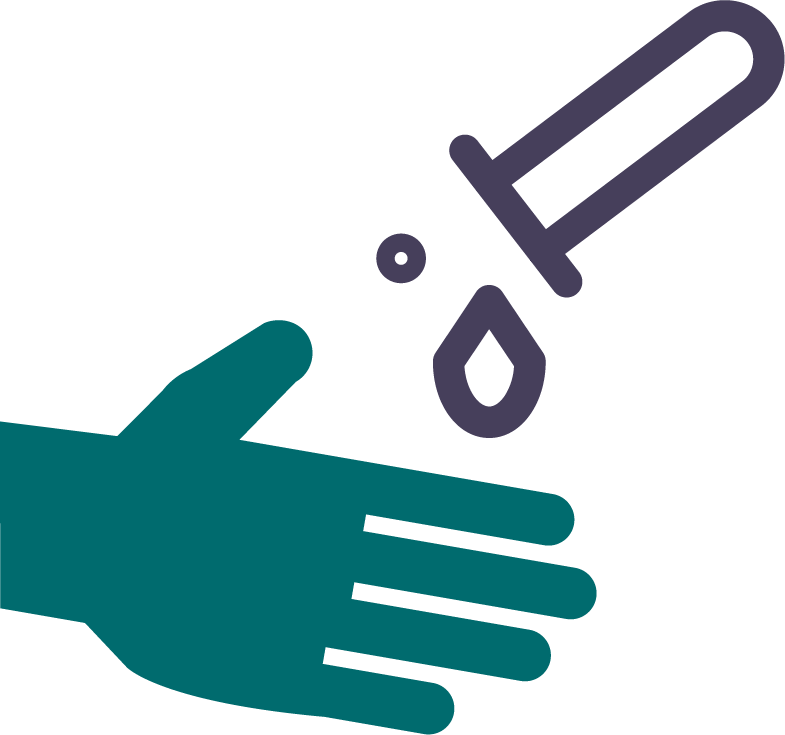
Contact with a chemical or hazardous substance
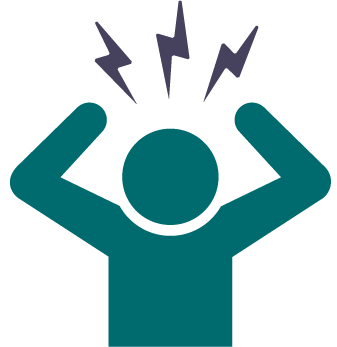
Work-related stress
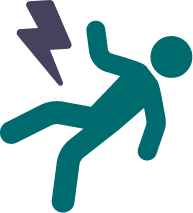
Electrical safety
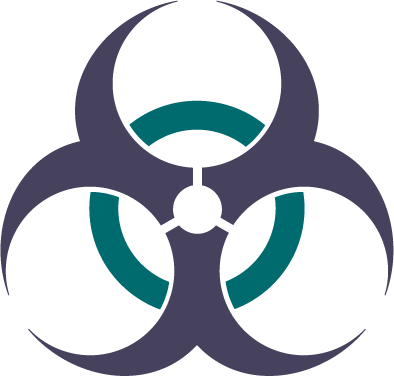
Biological hazards

Contact with a chemical or hazardous substance

Work-related stress

Electrical safety

Biological hazards

Contact with a chemical or hazardous substance

Work-related stress

Electrical safety

Biological hazards
Source: WorkCover WA (2024). Workers’ compensation Western Australian claims data 2018-19 to 2022-23p
Note: Calculation based on a five-year total from 2018-19 to 2022-23p. Based on the percentage of all incidents, the combination of all injuries is not equal to 100%
Injuries are measured by number of LTI/Ds (1+days/shifts lost)
SmartMove health and community care industry is classified under ANZSIC 2006 – Subdivisions 84, 85, 86, 87
Source: WorkCover WA (2022). Workers’ compensation Western Australian claims data 2016-17 to 2020-21p
Note: Calculation based on a five-year total from 2016-17 to 2020-21p. Based on the percentage of all incidents, the combination of all injuries is not equal to 100%
Injuries are measured by number of LTI/Ds (1+days/shifts lost)
SmartMove health and community care industry is classified under ANZSIC 2006 – Subdivisions 84, 85, 86, 87
